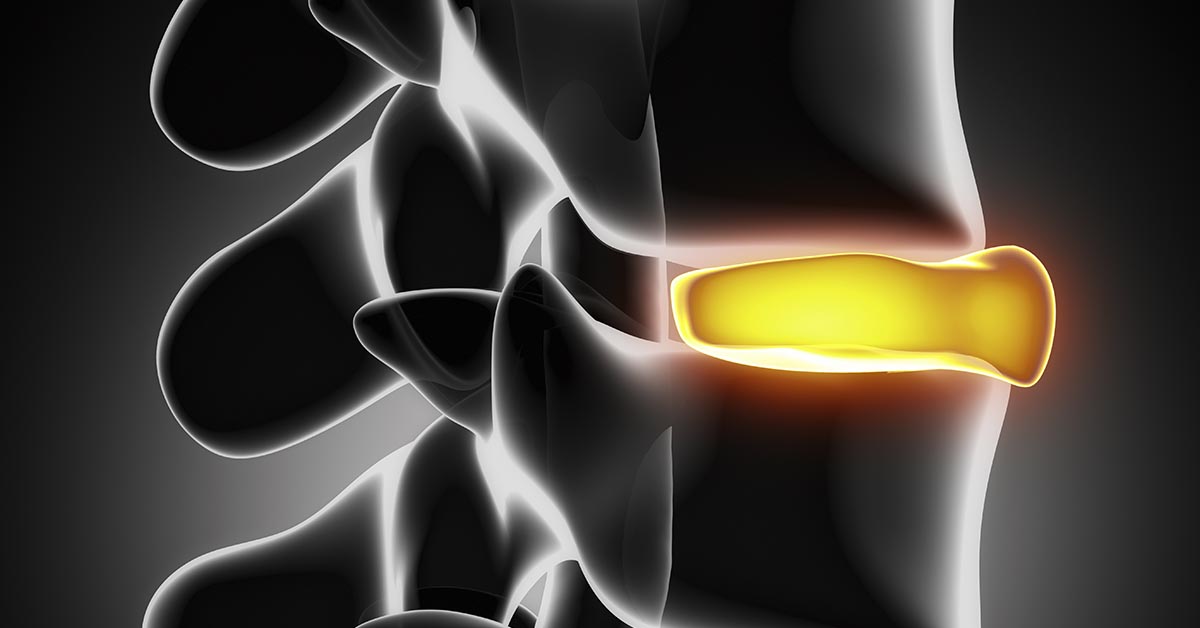Chiropractic care has long been known to effectively reduce lower back pain, though researchers are still discovering exactly how chiropractic adjustments alleviate pain. Recently, some of the key biological processes involved in chiropractic treatments have been uncovered. It has been found that chiropractic adjustments enhance the body's inflammatory responses and reduce central nervous system over-sensitization.
Now, a new study adds to our understanding of the mechanics of chiropractic adjustments by showing that the beneficial effects of treatment can be seen on an MRI scan. The research, conducted by Gregory Cramer, DC, PhD, of the National University of Health Sciences, was prompted by a theory that chiropractic manipulations break up adhesions in the joints of the lumbar spine, thereby improving mobility.
In order to test this hypothesis, the research team conducted a study of the effects of spinal manipulation therapy on 112 patients reporting lower back pain. Specifically, they sought to examine the spinal joint gapping immediately following chiropractic treatment. The patients underwent two weeks of chiropractic treatment, with MRI tests both before and after the group of chiropractic sessions.
Patients who underwent spinal manipulation therapy immediately prior to the MRI were found to have the most significant spinal joint gapping, as well as the greatest improvement in pain symptoms. These findings suggest that the researchers' hypothesis was correct by demonstrating one way that chiropractic treatment appears to result in structural changes in the spinal joints.
At his office in Naperville, IN, Dr. Frank Bendiks sees many patients who are seeking relief from their back pain. Chiropractic care has restored many patients' pain-free movement, and with this new research, chiropractors now have a better understanding of the mechanism by which chiropractic manipulations affect the spinal joints. Dr. Bendiks has helped hundreds of patients in Naperville find natural, lasting relief of back pain.
Reference
Cramer GD, et al. Magnetic resonance imaging zygaphosphyseal joint space changes (gapping) in low back pain patients following spinal manipulation and side-posture positioning: a randomized controlled mechanisms trial with blinding. Journal of Manipulative and Physiological Therapeutics 2013; pii: S0161-4754(13)00055-9. doi: 10.1016/j.jmpt.2013.04.003. [Epub ahead of print].



